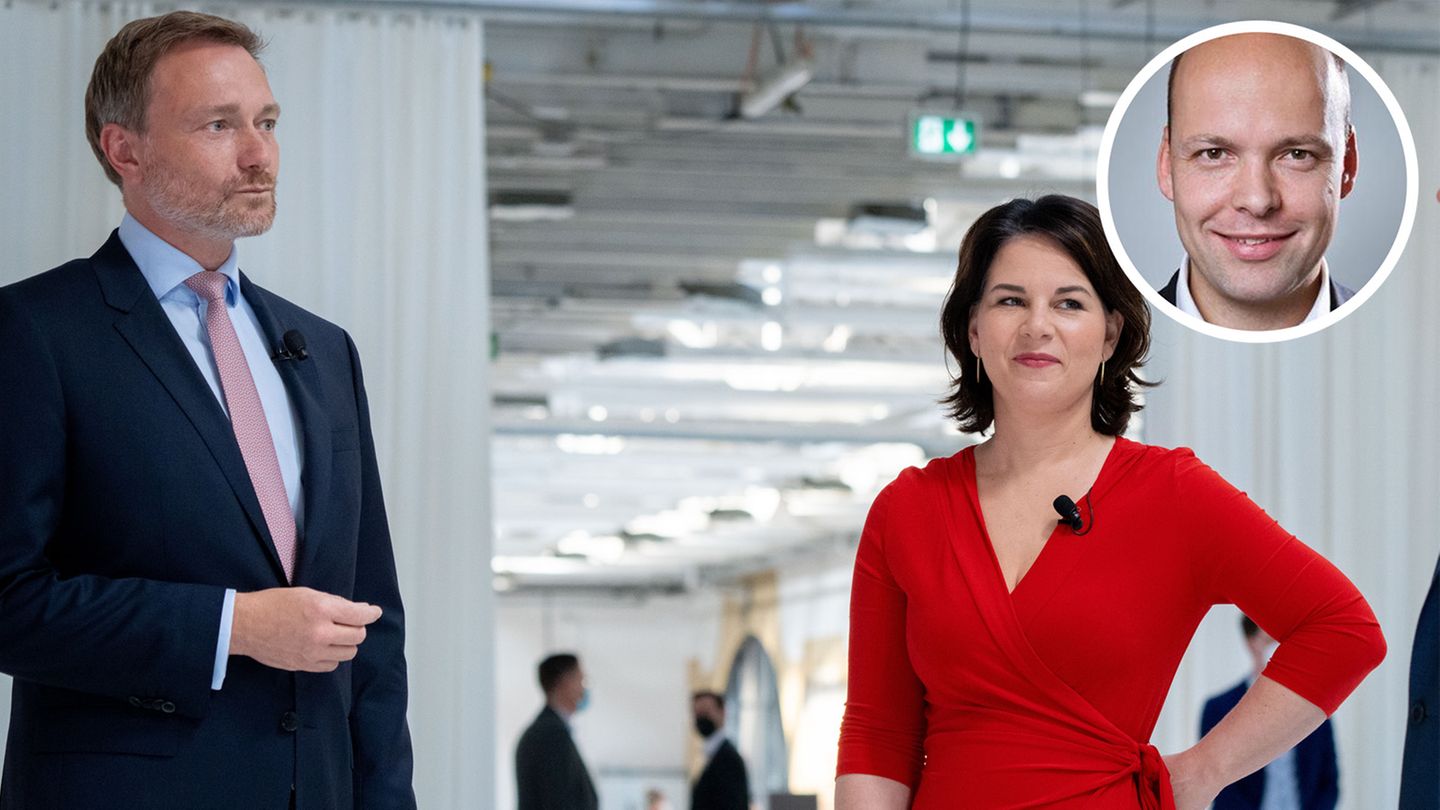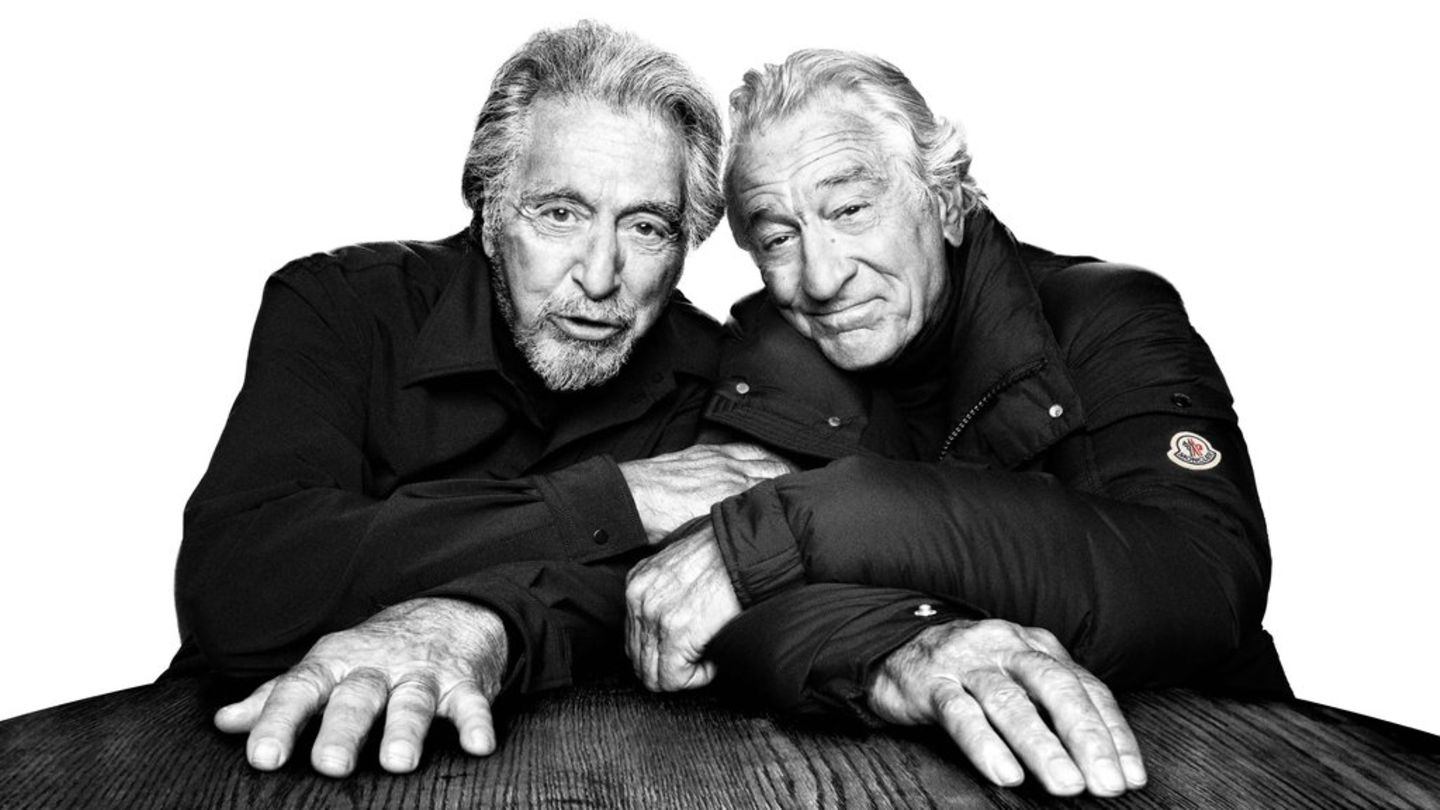The FDP and the Greens are both election winners. They are worlds apart in many ideas, visions and habitus. But they have a common idea: They want to attract money for investments – albeit in different ways.
The political colors in Germany have flickered for months, and they seem to have continued to do so since election night. Traffic light or Jamaica, yellow and green with black or red. Only red-red-green was soon burned out, Jamaica continued to glow, half will-o’-the-wisp, half mining lamp that slowly goes out. In the end, three colors won: red, green and yellow, so the traffic lights, the rest loses, slips.
That does not mean that the SPD has the sole right to form a government – it only has the first access according to the customs and famous unwritten laws. However, it has already appointed the Chancellor as the second strongest force several times in its history and announced even before this election that it wanted to form a coalition as the second strongest force. It has the first, logical right from the feeling of dynamism, because its bars went up – but only up to 25.7 percent.
If you take a closer look, you only see two colors that shine for the future: green and yellow. Because they, firstly,: Voters under 25 voted Green (23 percent) or FDP (21 percent), first-time voters mostly FDP (23 percent) among those below. The majority of Germans want the SPD to lead the new government, but this majority is tight, the SPD’s election results are tight.
The Greens and FDP are the colors of the future for other reasons, even if their ideas do not want to go together in so many places.
Climate protection, with every fiber of the program
The Greens, because they are the only party to have declined the mega-topic of climate protection, with details, urgency and superstructure, with every fiber of their program. Because they are the only ones who have thought through, promised and even put a figure on the ongoing topic of investments – the Greens want to invest an additional 500 billion euros over ten years, on credit yes, but the money that Germany gets almost for free would be well invested.
It’s an issue that is nearly lost and a plan. Because politics is not just about tipping points and time windows that are closing, but also about others that are open or that are opening up – and with debts it is now almost interest-free. The debt brake could be supplemented by an investment rule – also known as the “golden rule” – so that we have room to maneuver until 2030. Not to spend the money, but to improve our ability to spend the money.
The FDP is still a bit immobile on this issue, has even stopped, is holding on to the debt brake. It could be a little more pragmatic. But what almost went under: She too has such a plan, it is called an “investment pact” and is supposed to mobilize 600 billion euros over ten years for climate protection and digitization. The idea is classically liberal, it is about private capital that is leveraged through tax cuts – every euro is supposed to trigger two euros in investments. How this plan should go together with the debt brake is still a mystery – that too would initially only go through new debts, in the hope that tax revenues will then rise again through new growth .
The FDP – like some glass fiber that is laid
But can’t these plans even be superimposed, are they really just opposing or maybe also complementary? They have at least one thing in common: the goal of investing more over a period of time.
Yellow is a color of the future because it promises the momentum that the country lacked in the last government, because it doesn’t just want to redistribute or redistribute. You can always feel a bit of fiberglass that is freshly laid. In any case, this dynamic comes from the FDP program, which contains more than the usual tax cuts and Otto Graf Lambsdorff. Freedom and civil rights, less nuisance and regulations, these are the terms why they made their mark with the FDP.
The liberals can counteract where the Greens’ plans are too overwhelming, too dirigistic, too dreamy, perhaps also suffocating – for example with this idea of a “CO2 brake” or “climate impact assessment” that every project in Germany should endure.
Above all, however, the FDP brings with it what the Greens often lack, even if the millions want to build solar roofs: an openness to new technologies – without which it will not work. It has to come from technologies by 2050 that are not yet ready for the market today – but have to be by 2030.
With the cargo bike until 2050?
The cargo bike is not the vehicle that will bring us by 2050, not even by 2030. It can take us two streets further and make a quarter more livable – but we will find the technologies of the future in hydrogen electrolysis, geo and climate engineering, and battery technology , the fuel cell, in CO2 storage tanks, new materials and new building materials, synthetic fuels, in laboratories that breed synthetic meat, in artificial algae and artificial trees, in smart devices and smart cities. The cargo bike is enough for shopping and daycare, not a big hit for climate neutrality.
There are many topics that do not go together with green and yellow, and neither will they – especially tax and fiscal policy, as well as parts of European policy. Perhaps the compromise with taxes is not to do anything for the time being – neither radically lowering nor increasing taxes. Before Corona, the state also generated strong surpluses. When it comes to economic policy, the liberals will soon notice that the entrepreneurs they represent are at least further along in terms of climate protection – the Greens are no longer the opponents here who are just shouting. More and more companies think, whether out of conviction or out of necessity, in sustainability strategies, in the horizon in which the Greens also think.
And red? Is that also the color of the future? Well, it is the color that has been accepted behind Olaf Scholz that shone brighter than one would have expected. Because it should be Scholz, so the majority wish, who leads the country. Its core promises are classic social democratic promises – stable pensions, a minimum wage of 12 euros and affordable housing. However, they are not really pointing to the future.
The traffic light, when it comes, should light up yellow and green as much as possible.
David William is a talented author who has made a name for himself in the world of writing. He is a professional author who writes on a wide range of topics, from general interest to opinion news. David is currently working as a writer at 24 hours worlds where he brings his unique perspective and in-depth research to his articles, making them both informative and engaging.




